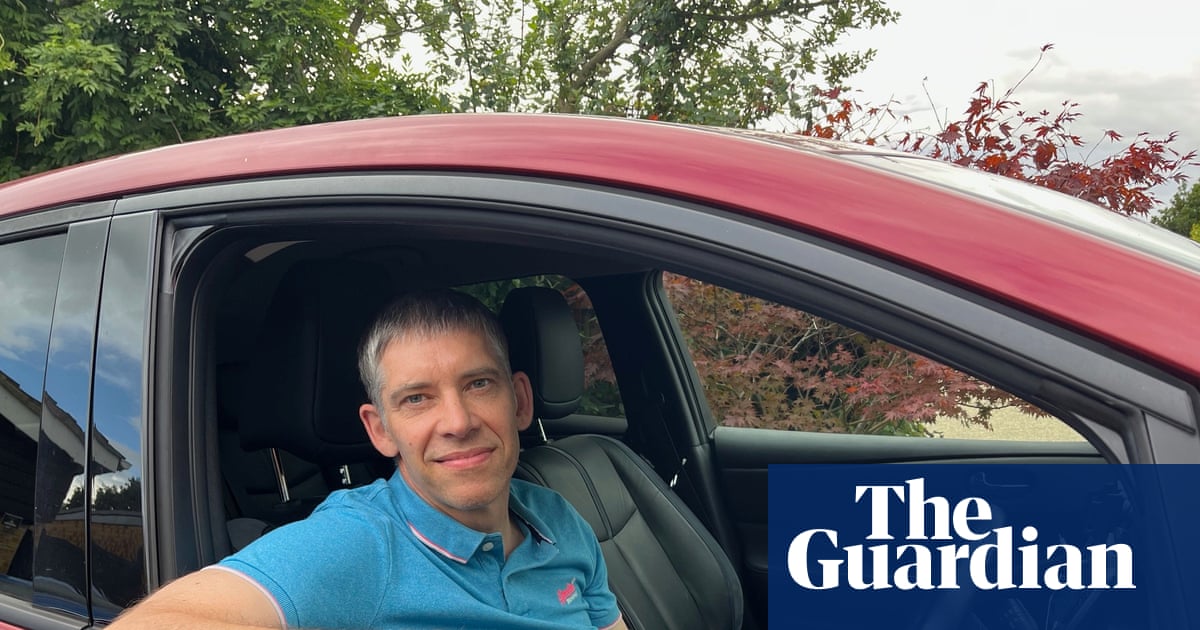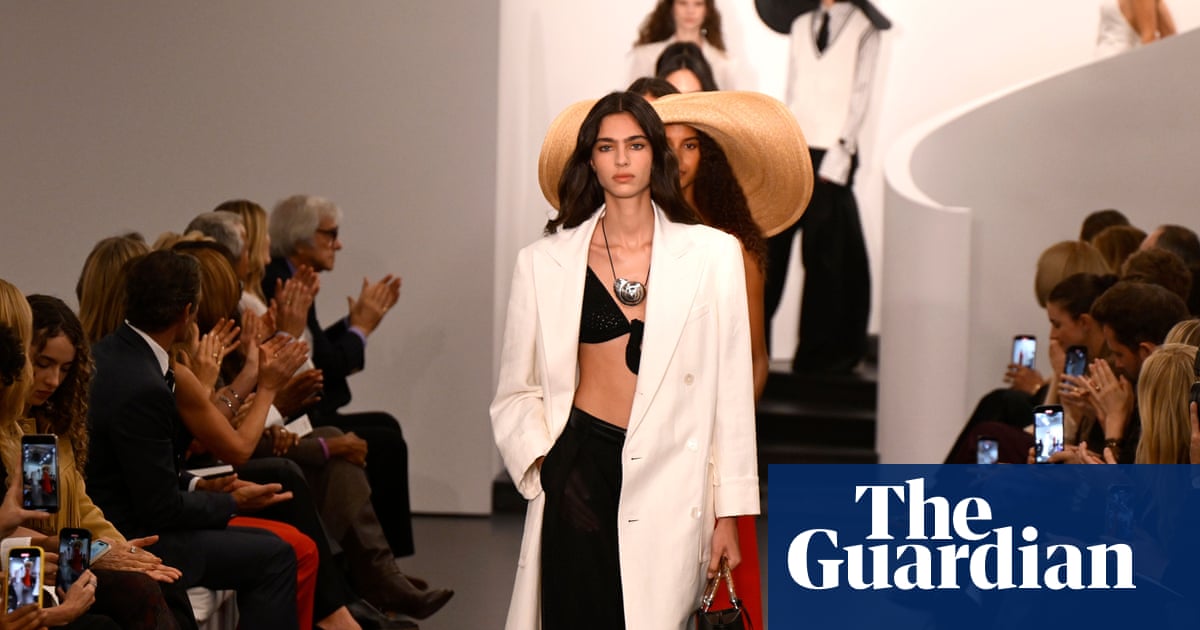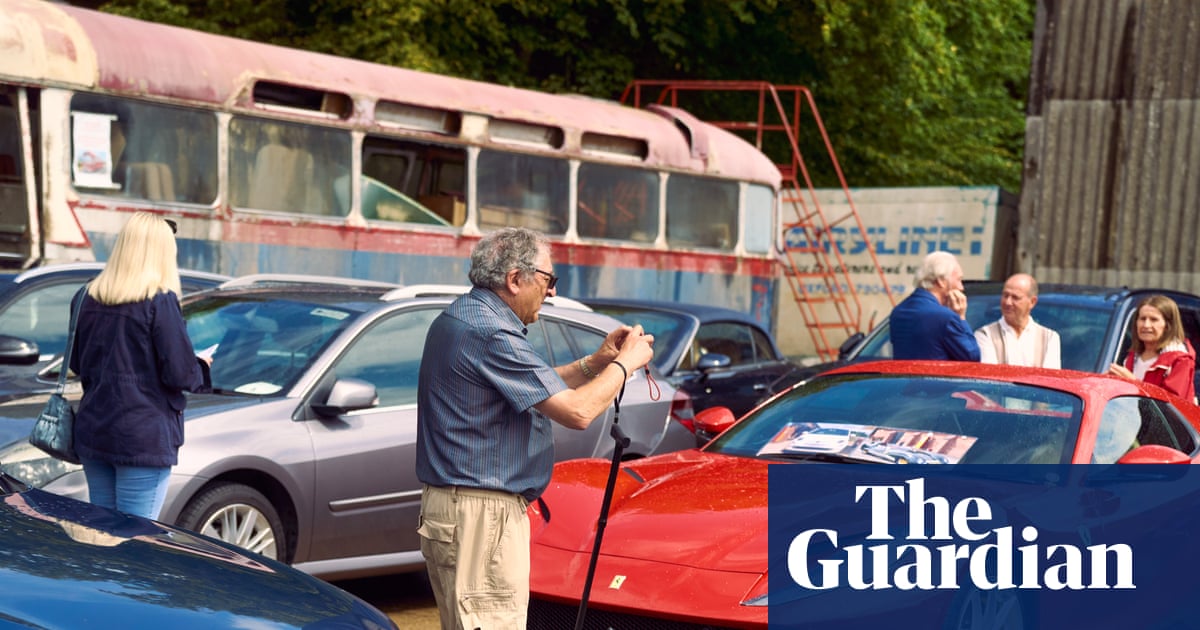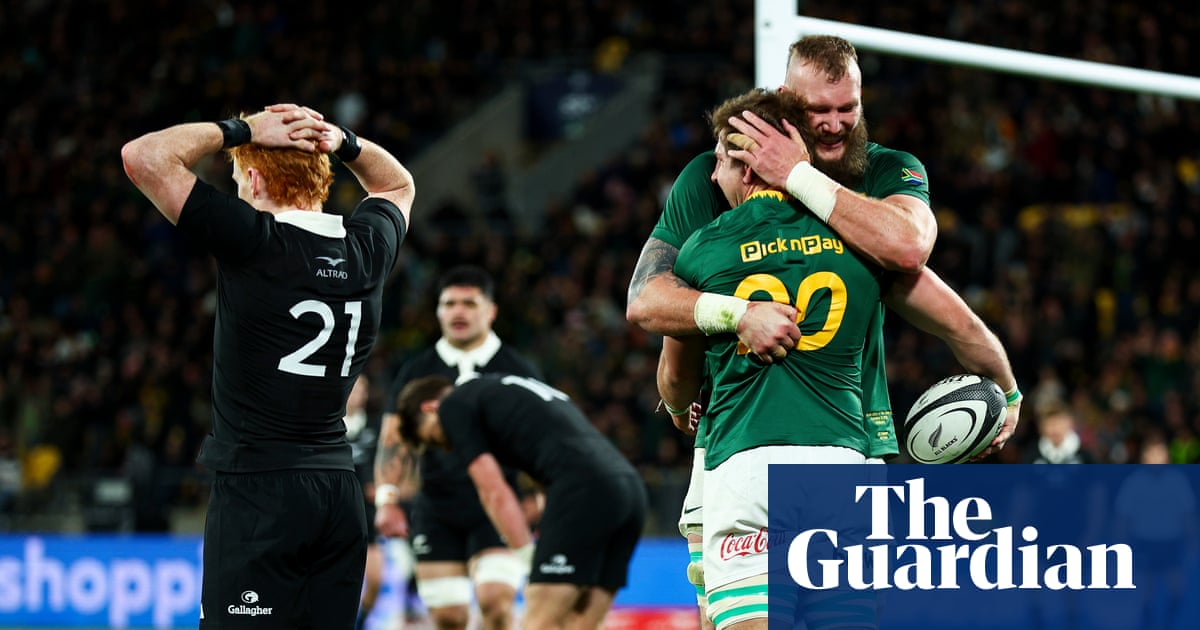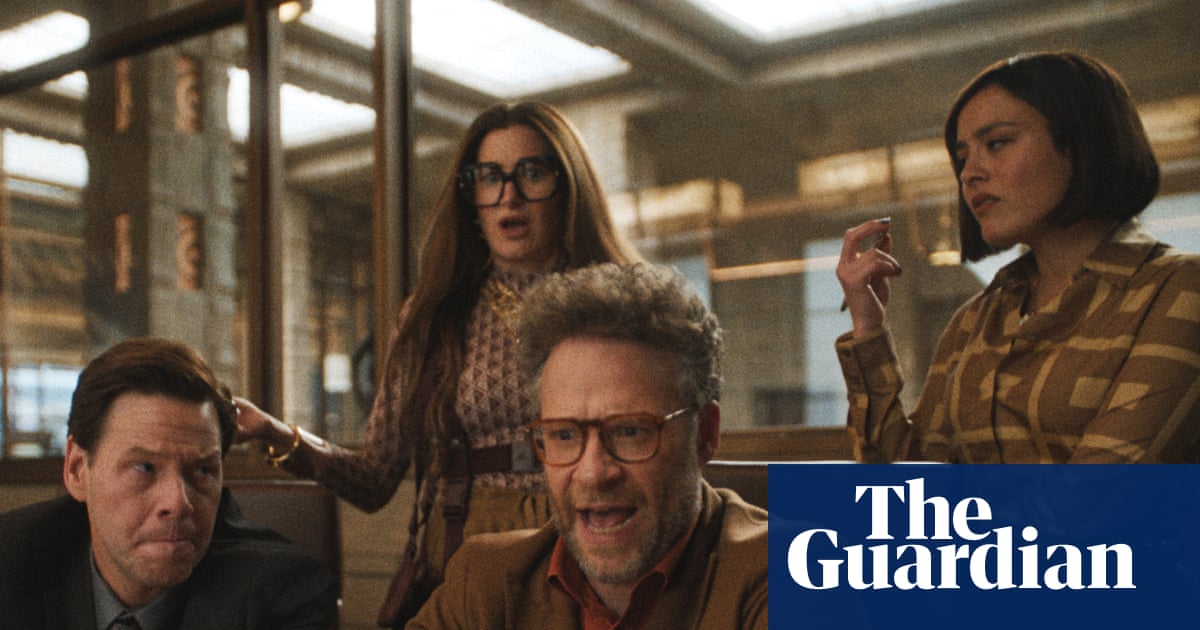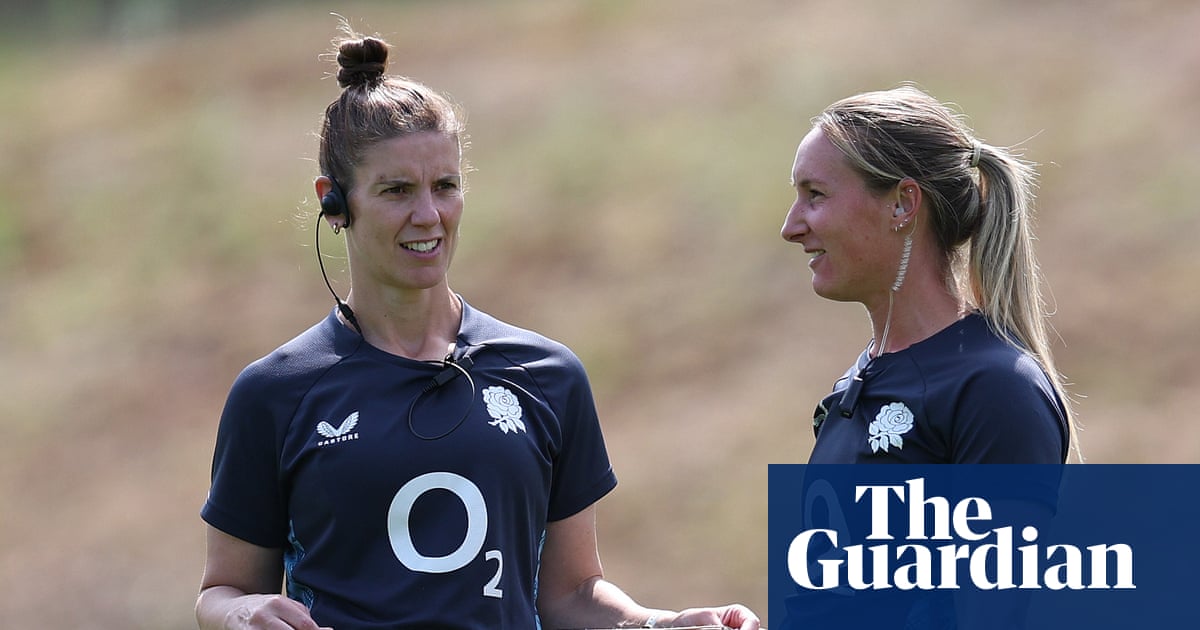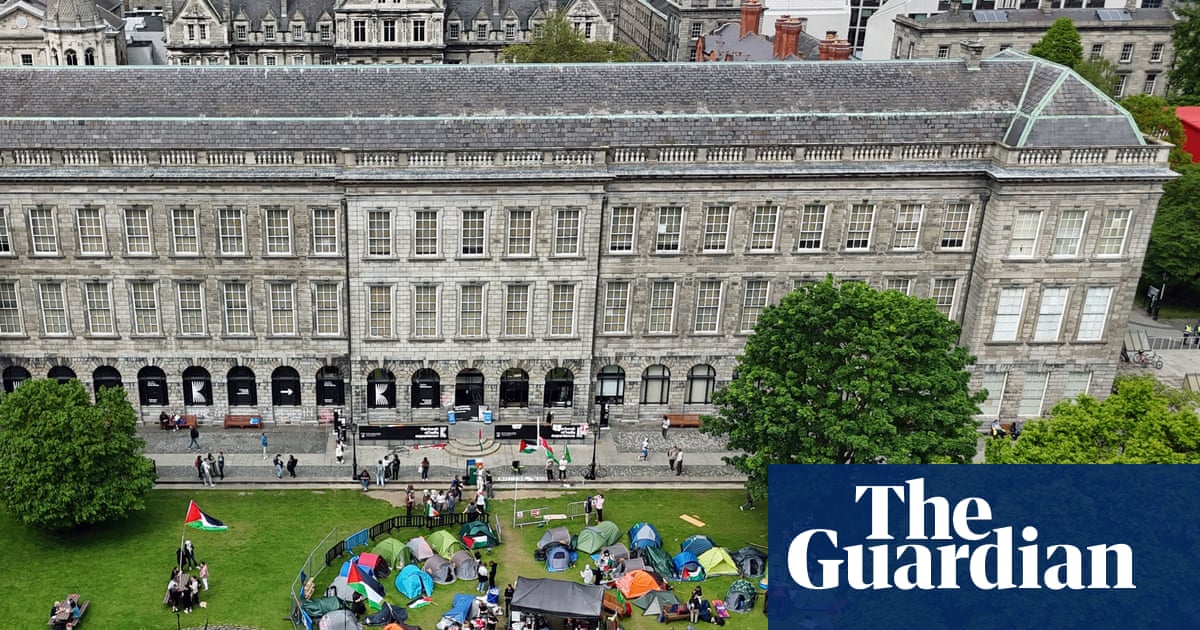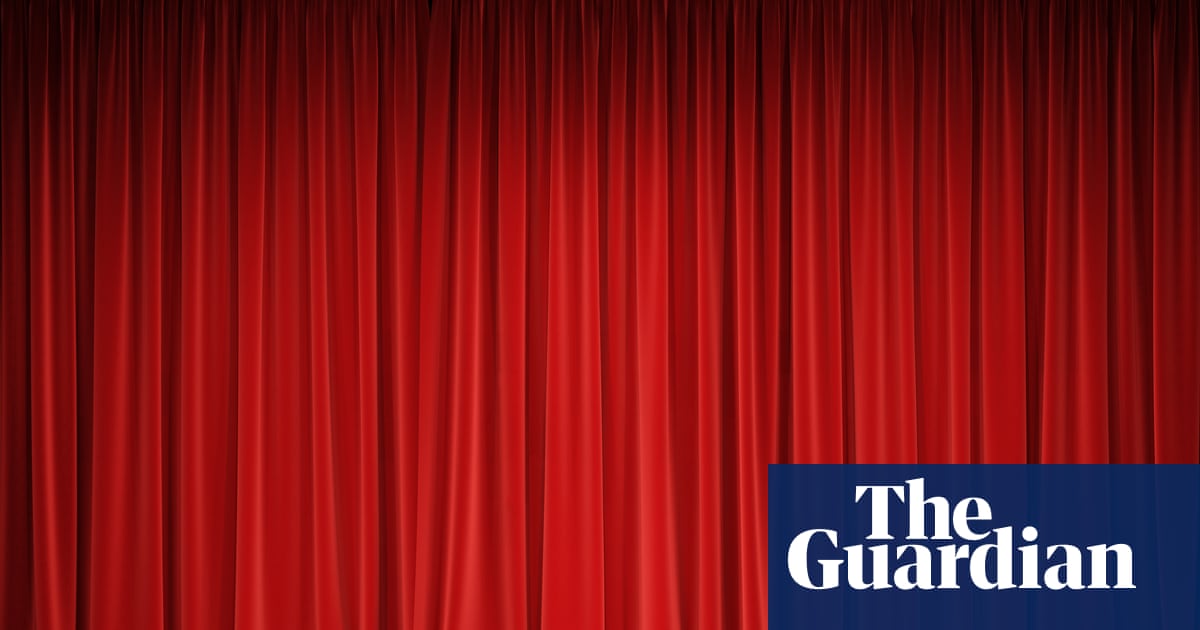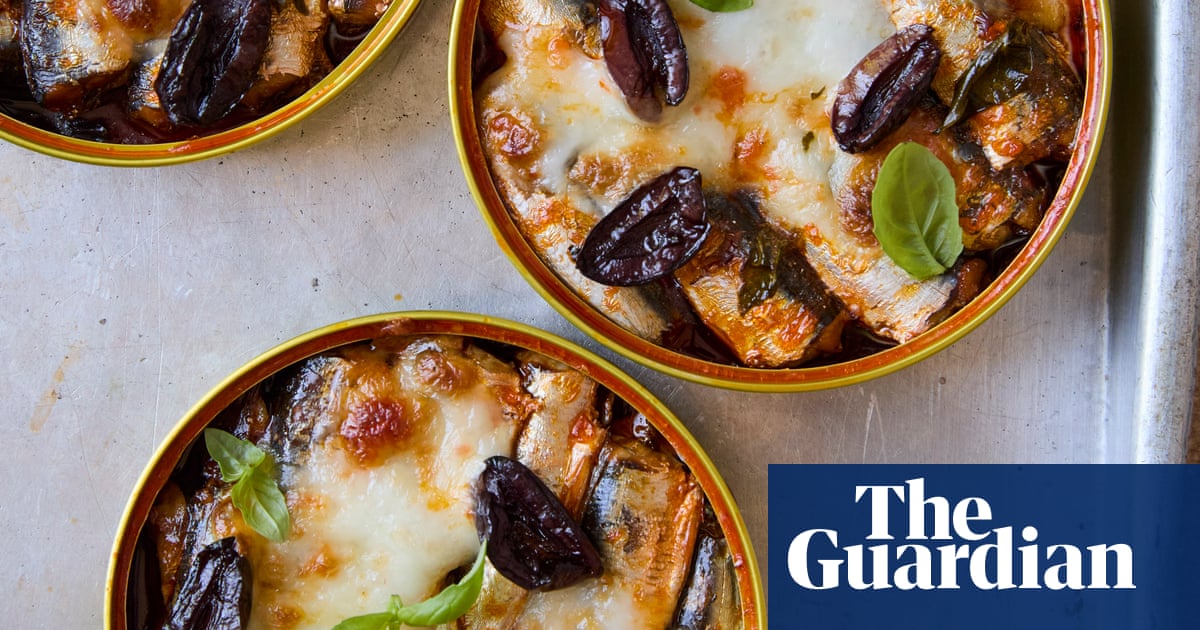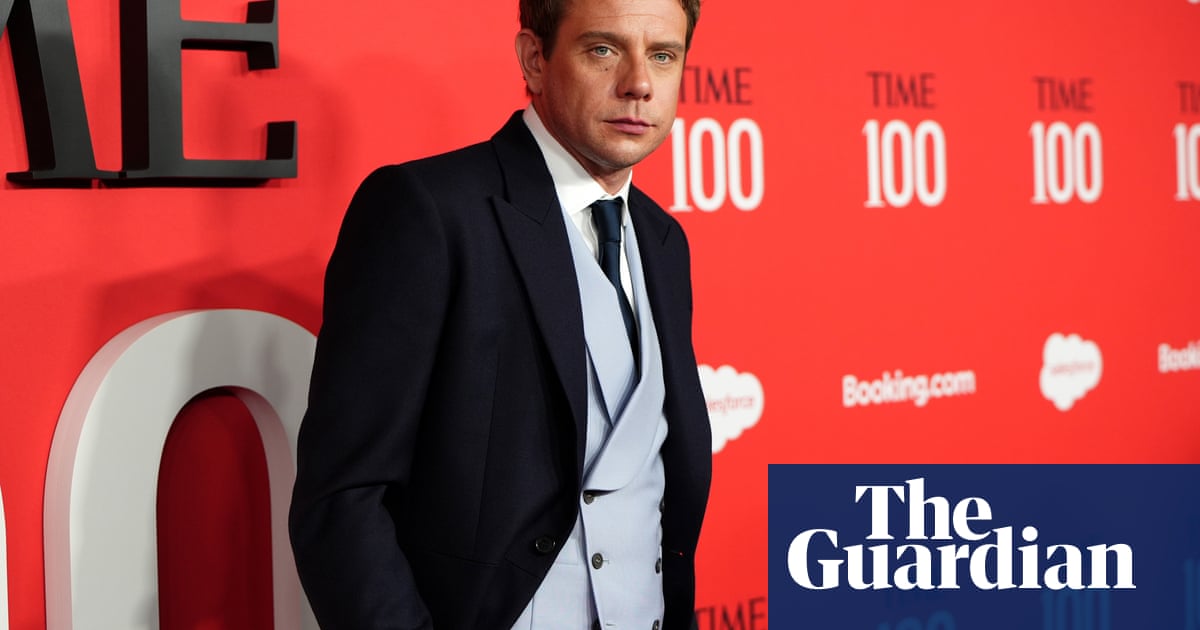There are certain museums around the world that go beyond their role of housing artefacts and somehow seem to act as portals to the past. The Frick Collection in New York and Marcel Proust’s cork-lined bedroom at the Musée Carnavalet in Paris both hum with a timeless energy that transcends the exhibits on display. The Little Museum of Dublin is also such a space.
Within seconds of ascending the stairs of this beautiful four-storey Georgian townhouse at 15 St Stephen’s Green, a different era appears to take hold. The modern world disappears and I imagine myself back in Georgian times, when this red-bricked terrace was built along with so many of the beautiful squares and parks throughout the city centre.
Dubliner Trevor White persuaded Dublin city council to lend him this building back in 2011 to open the first museum in the city dedicated to all things Dublin. Armed with a great idea and no collection, he took to the airwaves and asked the listeners of the beloved Marian Finucane show on RTÉ (Ireland’s national broadcaster) to trawl through their attics and cupboards for one-of-a-kind curiosities and mementoes relating to the Irish capital.
More than 1,000 exhibits flooded in, ranging from a pair of Bono’s iconic sunglasses to a ticket for the only Dublin concerts the Beatles played, in 1963. James Joyce’s death mask was donated along with a first edition of Ulysses. A bottle of unopened lemonade rescued from the wreck of a mail boat torpedoed off Dublin during the first world war was offered for display coupled with an unopened jar of Sudocrem from 1931 (the antiseptic cream was invented in the city). A 1980s ledger from a nearby Magdalene laundry (where pregnant, unmarried women were forced into servitude) was unearthed with listed clients including the president’s residence and state agencies. All the items were carefully curated according to the decade of their provenance and exhibited throughout the museum’s high-ceilinged rooms.
The museum became an immediate hit with locals and visitors and more than a million people have taken the 29-minute guided tour of the exhibits over the past 14 years. Tripadvisor rates it as the third best visitor attraction in Ireland, and the 12th best in Europe.

I often find myself there, early on a Sunday morning, when very little else is open in the city, sitting in the recreation of Irish Times editor Bertie Smyllie’s office on the top floor with views across Stephen’s Green to the Dublin mountains. Eccentric Bertie pedalled his bicycle to the newspaper until 1954 with a typewriter balanced on his handlebars. He was responsible for championing many of Ireland’s greatest writers including Patrick Kavanagh and Flann O’Brien. Next door, in the U2 room, I like to pick out the teenage incarnations of the band from a black-and-white class photo at Mount Temple, the school where they famously first met as schoolboys. This photo, just like this museum as a whole, brings a sense that the past can still be accessed.
As visitor numbers rocketed, the museum sought funding to expand its exhibits and shop into the basement and garden and to install a long-overdue lift to provide universal access to all the floors. After a year of renovations, at a cost of €4.3m, the museum reopened on 5 June with a new library and archive, a screening room and a new exhibition of fearless women snaking up the stairwell, taking its cue from a quote by President Mary Robinson: “I was elected by the women of Ireland, who instead of rocking the cradle, rocked the system.”
One of the world’s finest doll’s houses has taken up residence on the first floor. Modelled on Leinster House round the corner, the seat of the Irish government, Tara’s Palace took more than 20 years to build and it has been given to the museum along with a slew of new donations to celebrate the reopening. President Mary McAleese has sent in her rosary beads; the original maquette for the sculpture of singer Luke Kelly (of the Dubliners fame) in the Docklands has found a perch; and a whole room of wild and wonderful taxidermied animals with a Dublin connection have taken up residence.
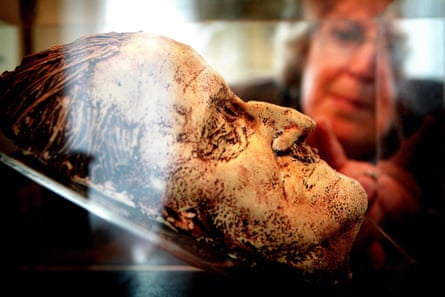
In 1988, Dublin marked the millennium of its founding with a year-long celebration of civic events. Many homes in the city still proudly display a famous milk bottle from this time, embossed with the Dublin City coat of arms, and you can find one of these on a mantelpiece at the museum. After decades of neglect and inner-city dereliction, 1988 marked a sea change in how many Dubliners viewed their capital. Trevor White also traces the igniting of his passion for Dublin to this time. Everything he has worked for at the Little Museum of Dublin, along with his equally passionate team, has been designed to inspire an ongoing appreciation and love of Dublin, the little city that could.
Little Museum of Dublin is open 9.30am to 5pm, with the guided tour bookable for €18, littlemuseum.ie

 2 months ago
70
2 months ago
70
